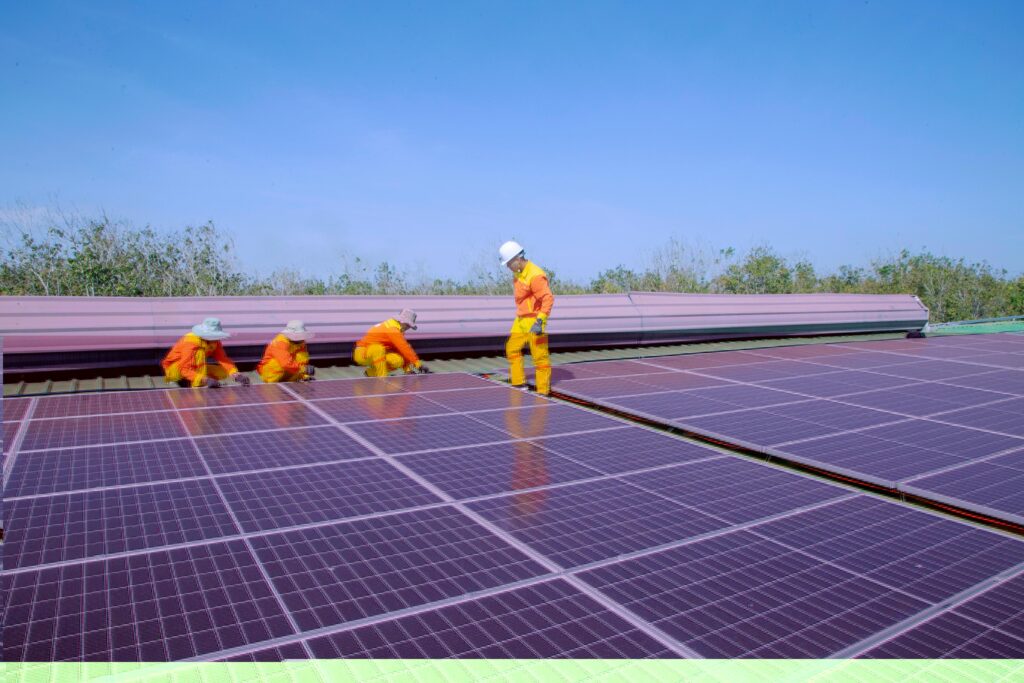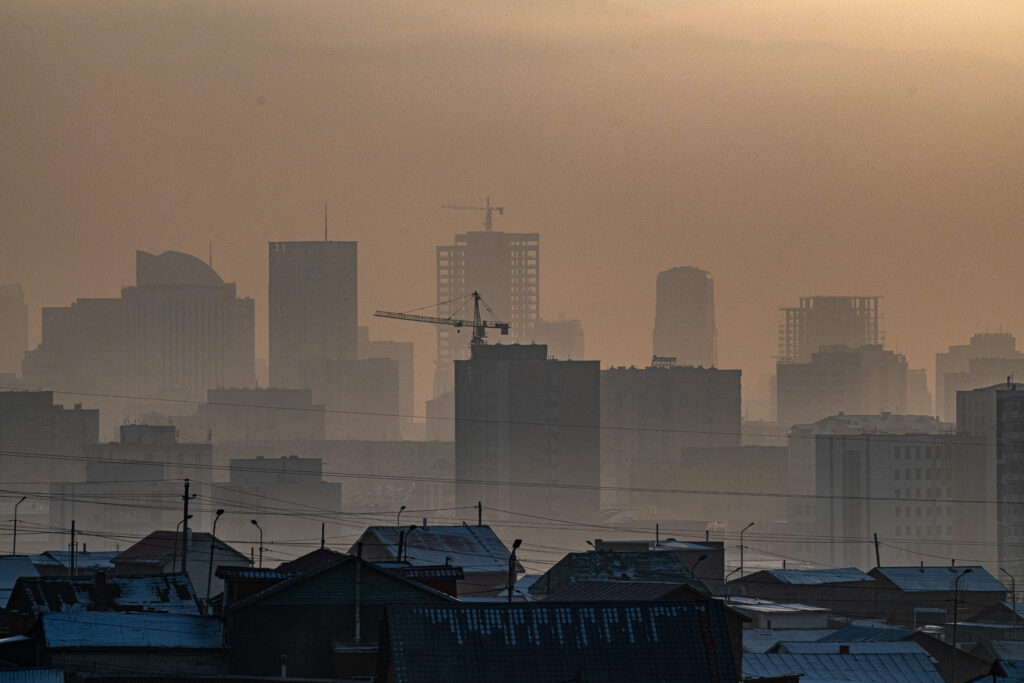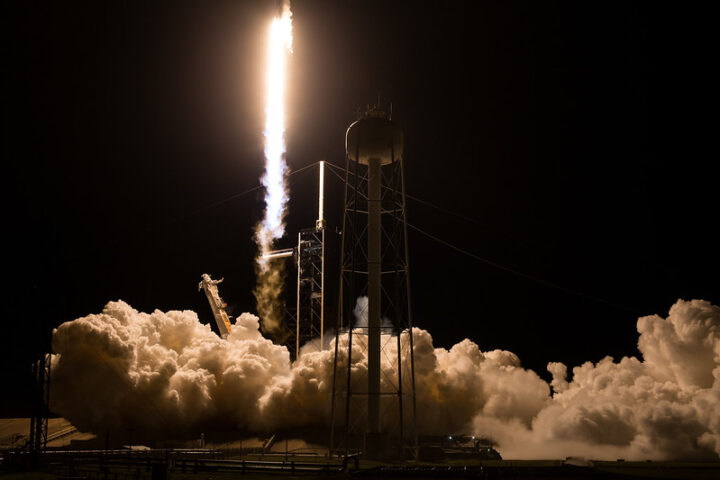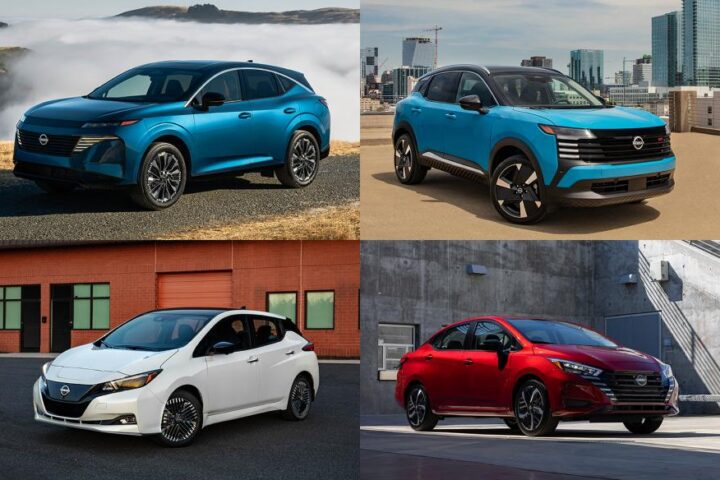energy projects as he puts renewed emphasis on oil and gas amid investor discontent with his energy transition strategy, according to company sources. The measures, previously unreported, are part of Auchincloss’s decision to slow down investments in high-budget, low-carbon projects, especially offshore wind, which are not expected to generate cash for years, said several BP sources who declined to be named. This represents a radical shift from the direction taken by his predecessor, Bernard Looney, to quickly move away from fossil fuels.
BP has reassigned dozens of people tasked with identifying new renewable opportunities to ongoing projects such as offshore wind energy in Britain and Germany, according to three sources. Auchincloss and CFO Kate Thomson have prioritized investment and even the acquisition of new oil and gas assets, particularly in the Gulf of Mexico and onshore shale basins in the U.S., where BP already has significant operations. BP will also consider investing in biofuels and some low-carbon businesses that can generate short-term profits. Earlier this week, BP agreed to buy the 50% stake of grain trader Bunge in the Brazilian sugar and ethanol joint venture BP Bunge Bioenergia for $1.4 billion.
Some job cuts are also expected in the renewable energy sector, although no specific targets have been given, said sources, adding that BP has imposed a hiring freeze across the company, with only a few exceptions including frontline and safety personnel. In May, Auchincloss announced a $2 billion cost-saving campaign by the end of 2026 compared to 2023. The 53-year-old executive also reduced his executive management team from 11 to 10 members. BP’s most notable external hire under Looney’s tenure was Anja-Isabel Dotzenrath, former head of RWE Renewables who joined in 2022 to lead its renewables and gas division, but resigned for personal reasons in April.
Her successor, BP veteran executive William Lin, is expected to focus more on gas operations when he takes over in the coming months, according to two sources. BP’s shares have underperformed compared to its rivals in recent months, sparking speculation that it could be a takeover target. This has increased pressure on Auchincloss as he tries to reassure investors juggling the need to decarbonize the global economy and the short-term growing demand for fossil fuels.
Similar Posts
BP invested $2.5 billion in renewable energies, hydrogen, electric vehicle charging, and biofuels in 2023, out of a total of $16 billion in capex. In another sign of change, BP has hired several new members for its exploration team, led by Bryan Ritchie since May, as it attempts to replenish its reserves to maintain and even increase production. BP is also allocating more capital and manpower to the development of new fields, such as the Kaskida, Tiber, and Gila discoveries in the Gulf of Mexico. In recent weeks, it has also revamped its mergers and acquisitions division by combining it with the business development division led by Sam Skerry, according to three sources. Last October, BP stated that it had 18 billion barrels equivalent of oil and gas in resources that represent 20 years of its current production that could be developed to maintain its 2022 production level within its profitability target.
















